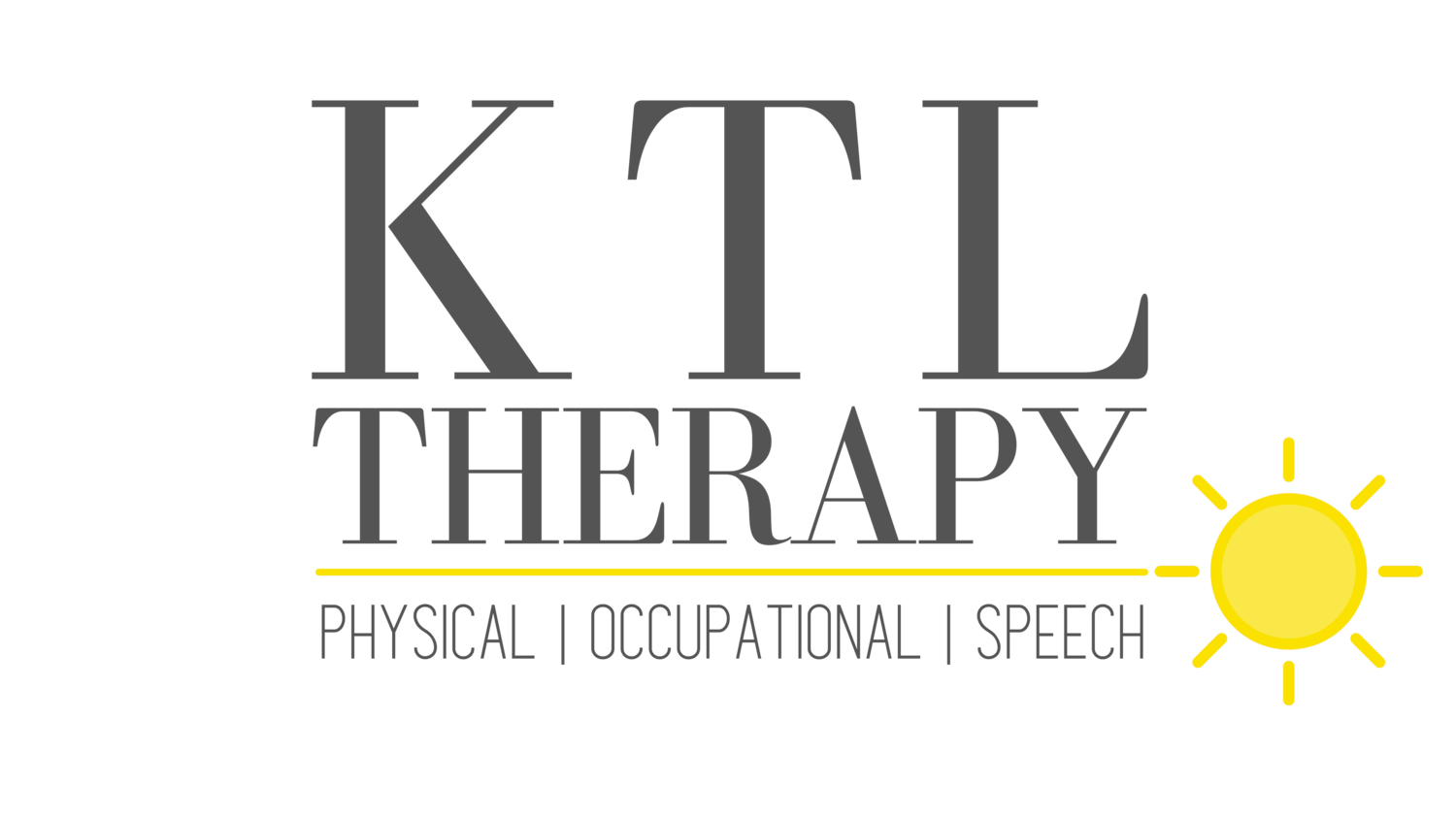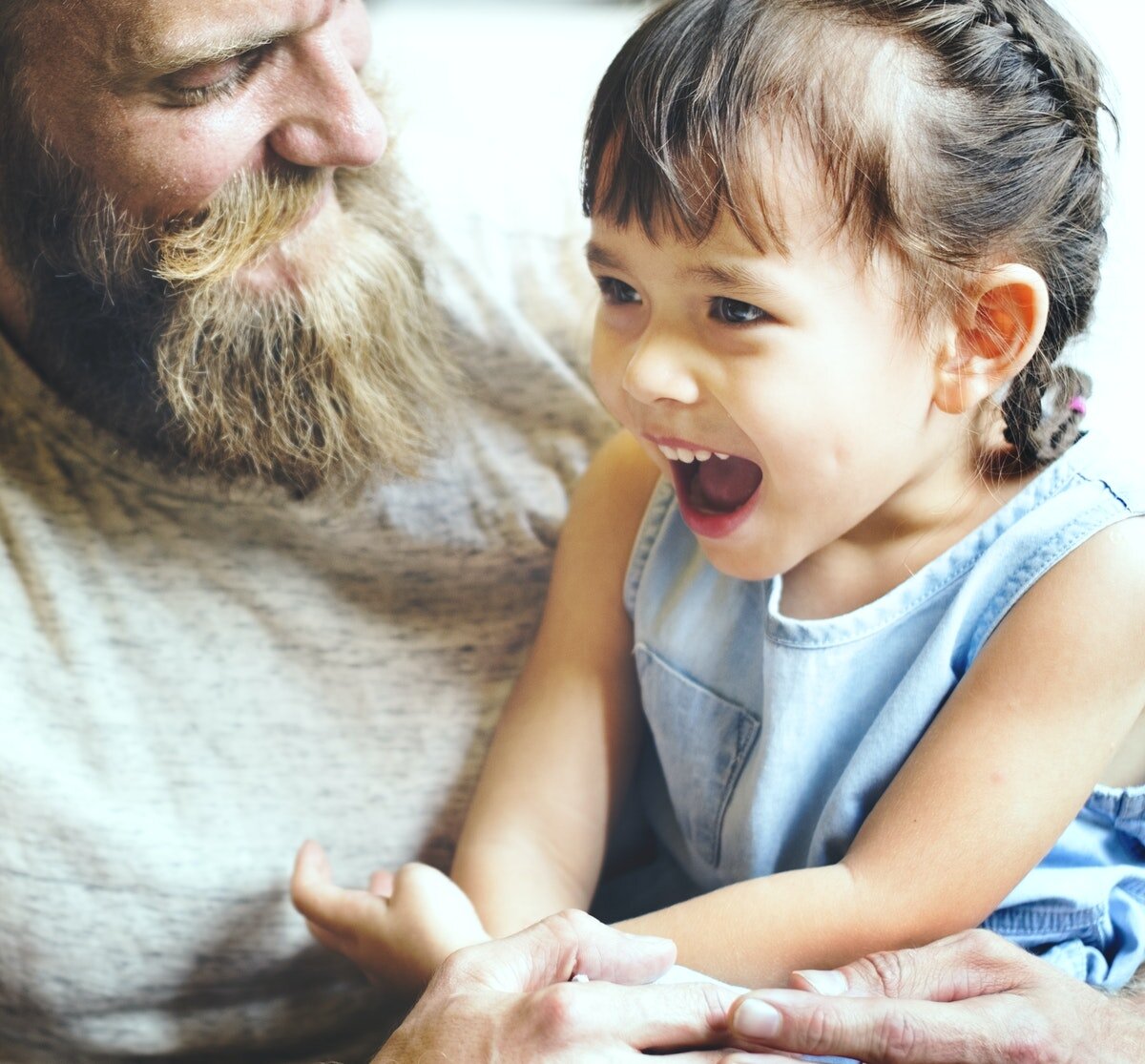4 Tips to Help Your Child Make “R” Sounds
Have you noticed your child’s speech sounding different from other children his age? It could be that your child is having trouble making the R sound in speech. Perhaps, he is making a W sound or an Ah sound instead of the R sound? For example, does he say “wun” for “run” or “biggah” for “bigger”?
The R sound is a very common sound in the English language. There are 32 different R sounds; AR, OR, ER, RL, etc and it’s a very tricky sound to learn and teach. Much of the sound is produced hidden away behind the teeth. There are three oral structures (lips, tongue and throat) used in speech and to produce the R sound. Some schools, due to large caseloads have chosen not to treat children that have only one sound error. Therefore, you may be looking for help to correct these errors!
A few pointers on how to help teach the tricky little R sound . . .
Focus on your child’s lip placement. Have your child make the “Shhh” sound that is used when quieting a baby. This places the lips in a box rather than a circle. Erroneously, a circular shape is used for the W sound and the W sound is often used as a substitution for the R sound. You can use a mirror so that your child has visual feedback and he can see his progress. Video modeling could be another option for demonstrating lip placement.
The tongue is an extremely important instrument for the proper production of the R sound. The tongue will need to be raised to the roof or top of the mouth to make the R sound. You could have your child make the L sound to demonstrate this placement of the tongue. The tongue will be placed at the bump on the roof of the mouth just behind the two front teeth. The tip of the tongue can be raised to the roof of the mouth or the back of the tongue is humped up toward the top of the mouth. You can explain this hump in the tongue as a” little hill”. You can also use your hand or index finger to demonstrate what this looks like to your child. When using your index finger curl it back in a “come here” manner. The tongue also needs to spread out or “get fat” so that it touches the top back teeth. Have your child make the E sound so that he can feel his tongue spread out inside his mouth. You can also use a tongue depressor to touch the tip or back of the tongue as well as the roof of the mouth, sides of the tongue and teeth as a tactile cue for your child.
Lastly, the upper part of the throat, found immediately behind the the tongue, will need to tighten and the vocal cords need to vibrate or buzz to complete the R sound. The child will need to squeeze the back of his tongue like a bodybuilder making a muscle. He can feel the back of the tongue when he makes the K sound. With the R sound he does not want to release the tongue as he does with the K. Explain to him that it’s as if you are about to say the word “cat” but you are stopped in the middle of it.
You can model the correct production of R with the noise of a race car (ruh) or the sound of a rooster in ER. It is found in words such as read, rabbit, run, red, smaller, her, germ, and flower. Once your child can say the R sound in words have him practice it in sentences, when reading and then during conversation. As you child practices these words you can give verbal cues as well such as “lips” for boxing of the lips, “curl” to bring the tongue up and “squeeze” to tighten the tongue. You can also tighten your hand in a fist to remind your child to constrict his tongue. You will want to watch your child as he attempts this sound. Make sure to look for the raising of the tongue as it is essential for the correct sound production of the R.
Teaching R sounds takes time and repeated practice! Your child will need to learn a new way of making this sound that can not be easily observed. A speech therapist can be a great help to your child in learning this new skill.

